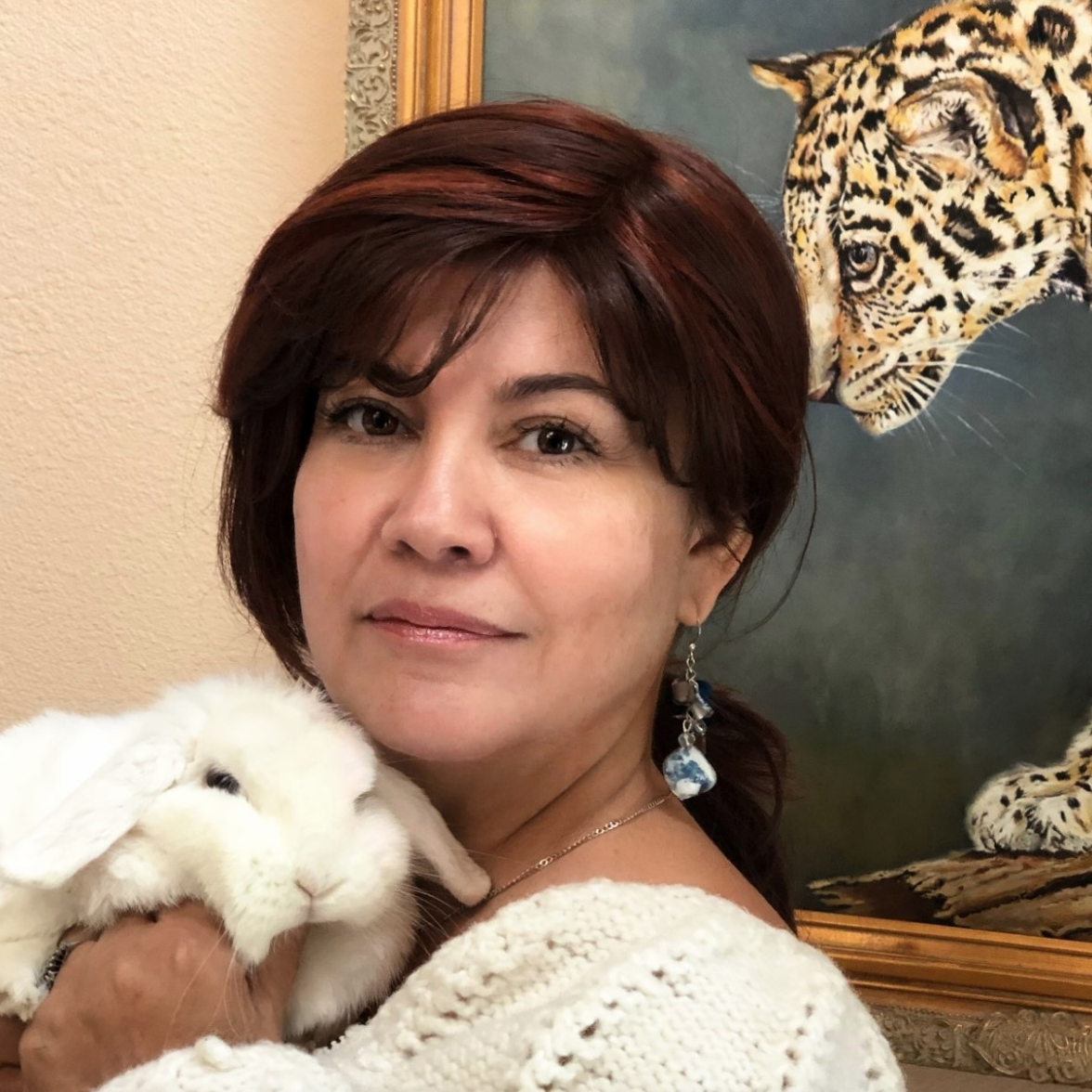
Fortuny was born at Reus on the 11th of June 1838. Due to the untimely death of his parents, the 12 year old child lived with his grandfather, who, in addition to being a joiner by trade, modelled and colored wax figures to sell them. Fortuny took an active part, modelling and painting many of these figures. In 1852, provided with a recomendation and with charity that the sculptor Domingo Talarn (1812-1902) had obtained for them, grandfather and grandson travelled by foot to Reus in Barcelona so that Fortuny could enter at the school of Fine Arts of Llotja. He entered the Academy of Barcelona and worked there for four years under Claudio Lorenzale (1789-1869)and in March 1857 he gained a scholarship from the Provincial Delegation of Barcelona that entitled him to complete his studies in Rome, where he went in 1858.
There, he studied the paintings of Raphael and was exposed to the Vatican and the many artistic richess of that city. He attended the classes of the Chigi Academy, came in contact with other Spanish painters and quickly obtained great prestige in the world of painting. It is thanks to an order by the Delegation of Barcelona that he had his first contact with Orientalism.
With the outbreak of the war between Spain and the emperor of Morocco, Fortuny, was given the responsability to go to Morocco as a journalist, to record through drawings and paintings certain episodes of the war. The expedition lasted for about six months. Fortuny drew and sketched all that he saw in Marocco: people, animals, places, landscapes, etc. It is from there that his new pictorial career was born. He was so dazzled by the African light that it permanently affected the whole course of his subsequent artistic development.
He returned to Spain in the summer of 1860, and was commissioned by the city of Barcelona to paint a large picture of the capture of the camps of Muley-el-Abbas and Muley-el-Hamed by the Spanish army. After making a large number of studies he went back to Rome, and began the composition on a canvas fifteen metres long; but though it occupied much of his time during the next few years, he never finished it.
He busied himself instead with a wonderful series of nearly two hundred orientalist works in either oil or watercolor. Pictures, mostly of no great size, in which he showed an astonishing command over vivacities of technique and modulations of color. He visited Paris in 1868 and shortly afterwards married the daughter of Federico Madrazo "Cécilia De Madrazo" , the director of the royal museum at Madrid. Another visit to Paris in 1870 was followed by a two years stay at Granada, but then he returned to Rome, where he died somewhat suddenly on the 21st of November 1874 from an attack of malarial fever, contracted while painting in the open air at Naples and Portici in the summer of 1874.
The work which Fortuny accomplished during his short life is distinguished by a superlative facility of execution and a marvellous cleverness in the arrangement of brilliant hues, but the qualities of his art are those that are attainable by a master of technical resource rather than by a deep thinker. His insight into subtleties of illumination was extraordinary, his dexterity was remarkable in the extreme, and as a colorist he was vivacious to the point of extravagance. At the same time in such pictures as La Vicaria and Choosing a Model, and in some of his Moorish subjects, like The Snake Charmers and Moors playing with a Vulture, he showed himself to be endowed with a sensitive appreciation of shades of character and a thorough understanding of the peculiarities of a national type. His love of detail was instinctive, and he chose motives that gave him the fullest opportunity of displaying his readiness as a craftsman.
See Davillier, Fortuny, sa vie, son euvre, sa correspondance, &c. (Paris, 1876) ; C. Yriarte, Fortuny (Artistes célèbres series) (Paris, 1889). (A. L. B.)
Source: Entry on the artist in the 1911 Edition Encyclopedia.
1860 Portrait of a Girl
1861 Odalisque
1862 Odalisque
1863Antiquaries
1863 before The Moor
1867 Arabian Riders in Tangiers
1867 Bullfight
1868 Idyll
1868 The Cafe of the Swallows
1869 Snake Charmer
1869 Tomb in North Africa 1869
1869 Anchorite
1869 A Maroccean
1869 Bullfighters Salute
1870 The Tapestry Merchant
1870 At the Gate of the Seragalio
1870 At the Viceroys
1871 Court of the Al Hambra
1874 Arab Chief
1874 An Ecclesiastic
1874 Burro on the Patio 1874
1878 Study
? Arabe Assis
? A Summer Day Morocco
? Battle of Tetuan
? Children at Japanese Hall
? Musketeer
? Scene in Marocco
? Moment of Lecture
? The Muleteer




1 comment:
Are there any books and movies about Mariano Fortuny y Marsal?
Post a Comment